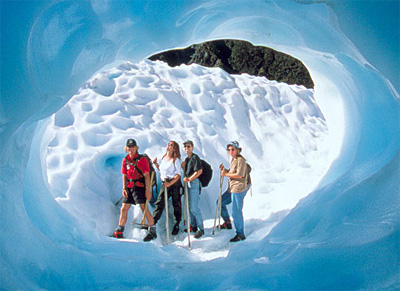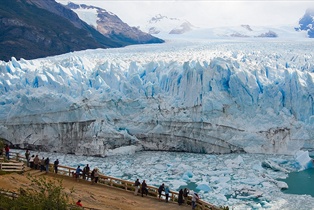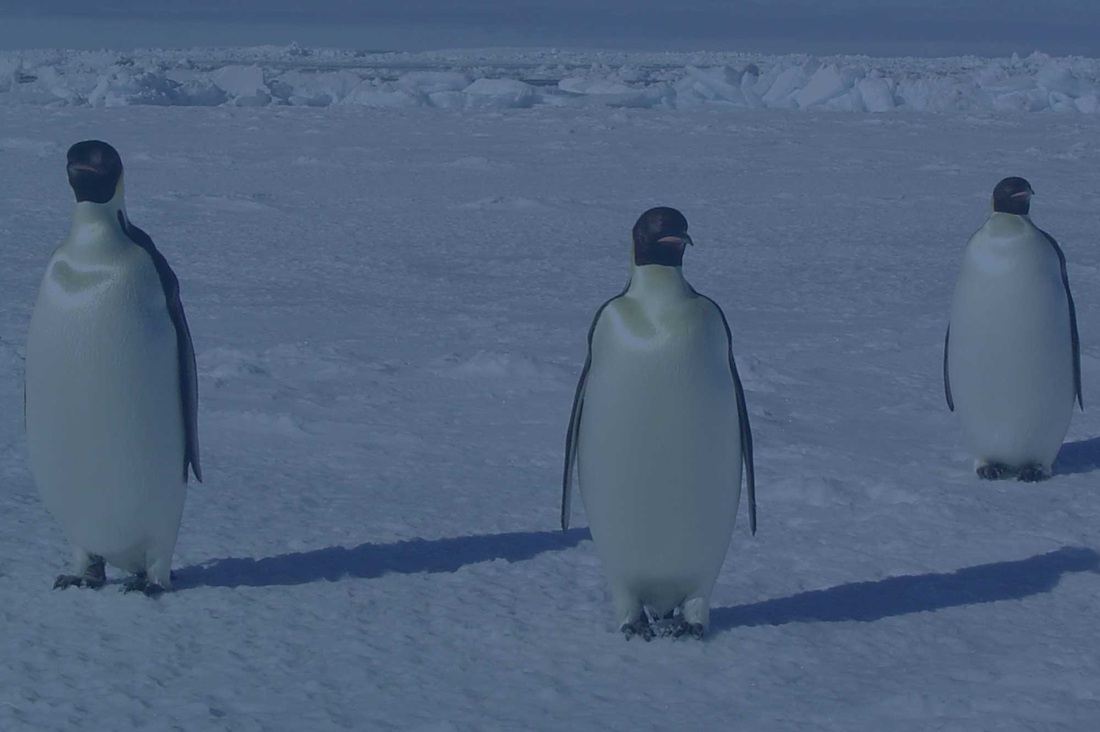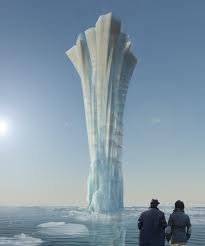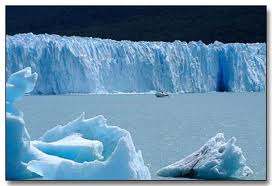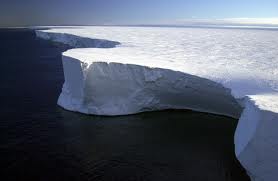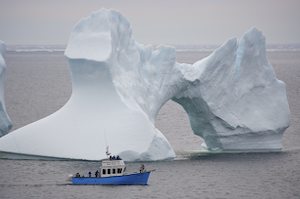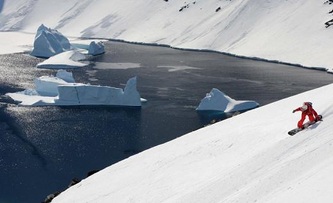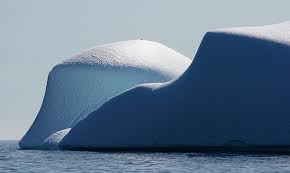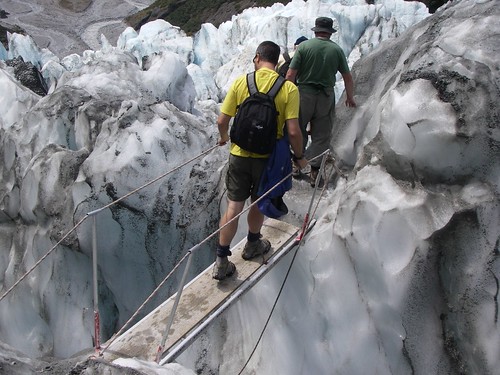Top Glaciers And Icebergs
A glacier is a large persistent body of ice that forms where the accumulation of snow exceeds its ablation (melting and sublimation) over many years, often centuries. At least 0.1 km² in area and 50 m thick, but often much larger, a glacier slowly deforms and flows due to stresses induced by its weight. Crevasses, seracs, and other distinguishing features of a glacier are due to its flow. Another consequence of glacier flow is the transport of rock and debris abraded from its substrate and resultant landforms like cirques and moraines. Glaciers form on land, often elevated, and are distinct from the much thinner sea ice and lake ice that form on the surface of bodies of water.
The 10 Top Glacier of the World
An iceberg is a large piece of ice from freshwater that has broken off from a snow-formed glacier or ice shelf and is floating in open water. It may subsequently become frozen into pack ice. Alternatively, it may come to rest on the seabed in shallower water, causing ice scour (also known as ice gouging) or becoming an ice island.
Iceberg B-15 is the world’s largest recorded. It measured around 295 km long and 37 km wide (183-23 mi), with a surface area of 11,000 km² (6,835 mi²) — larger than the island of Jamaica. The mass was estimated around three billion tonnes. After almost a decade, parts of B-15 still have not melted.
Iceberg versus Glacier:
The essential difference between glaciers and icebergs is that a glacier is a (relatively) permanent ice formation on land, while an iceberg is a comparatively short-lived free-floating body of ice on an ocean or, potentially, a sea or large lake. However, in the polar regions, glaciers are much more common, and can be found across vast swathes of, for example, the island of Greenland in the north, and the continent of Antarctica in the south. In 2002, for example, a 5500-square-kilometre ice sheet broke off of the Ross Ice Shelf in Antarctica and was designated Iceberg C-19. However, according to the U.S. National Ice Center , the largest piece of the iceberg, C-19A, still measured 16 miles long by 4 miles wide in 2009, seven years after it broke off Antarctica. Similar icebergs the size of small states break off Antarctica and drift north towards countries such as New Zealand and Australia.
Icebergs are typically formed where glaciers lie along an ocean shore, and where chunks of ice can break off and float into the open ocean. Although this definition implies that icebergs are usually quite small, the largest icebergs can in fact be larger than small glaciers.
A Glacier is a mass of ice which exists year-round, distinguishing it from temporary snow and ice formations which build up over a single winter and then melt away over the following spring and summer. Instead, over long periods of time, glaciers undergo a continuous cycle, adding new snow (which is eventually buried by more snow and compressed into ice) during the winter, receding somewhat in the summer, and then growing again the following winter. The immense mass of a large glacier carves deep U-shaped grooves into the rock on which it rests.
Most people live in relatively temperate zones and therefore are familiar with glaciers only in the most hostile environments to which we occasionally subject ourselves: high mountain ranges, like the European Alps and the North American Rockies. In the latter, for example, the Columbia Icefield is a particularly noted interconnecting set of glaciers. However, in the polar regions, glaciers are much more common, and can be found across vast swathes of, for example, the island of Greenland in the north, and the continent of Antarctica in the south.
Normally, as stated, glaciers are essentially permanent ice bodies. However, this is the case only so long as temperatures remain cold enough for the glacier to recover from the summer melt. If temperatures are cold enough (as they have been at certain points in the past, glaciers can grow, in some cases rapidly (particularly rapid glacial growth is what marked the beginning of the last Ice Age). If temperatures are warm, however, glaciers melt more in summer than they grow in winter, and thus recede, theoretically until they vanish entirely. Currently most glaciers around the world are receding on an annual basis, and some have now vanished entirely.
Icebergs, by contrast, are free-floating bodies of ice in water, which are not expected to survive and grow on this sort of long-term basis.
